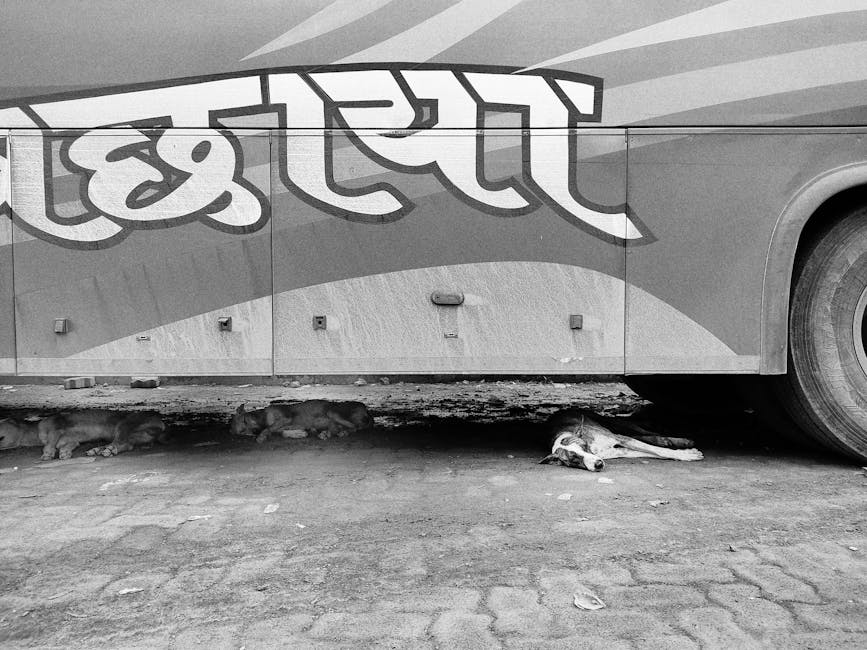SC Mandates Removal of Strays from Sensitive Public Areas
The Supreme Court of India has issued a significant directive aimed at addressing the long-standing urban conflict between human safety and animal welfare. A bench has ordered municipal authorities nationwide to humanely remove stray dogs from sensitive public areas, including hospitals, schools, markets, and bus stands, and relocate them to animal shelters.
The order was delivered during the hearing of several Public Interest Litigations (PILs) that highlighted the risks posed by stray dog populations in high-traffic zones. The court’s intervention seeks to prioritise public health and safety, directly responding to citizen concerns over dog bites, the spread of diseases like rabies, and sanitation issues in places requiring high levels of hygiene.
Balancing Public Safety and Animal Welfare
The court’s directive is unambiguous: specific public spaces must be kept free of stray animals to protect citizens. The bench emphasised that while compassion for animals is a constitutional value, the “right to life and health of human beings” cannot be compromised, particularly for vulnerable groups like patients, children, and commuters.
“A hospital cannot be a place where patients are at risk of dog bites. A school cannot be a place where children are afraid to play. We need a balanced approach,” the court observed during the hearing. This ruling places the responsibility squarely on municipal corporations to take decisive action.
The Implementation Challenge: Where Will the Dogs Go?
While the order aims to enhance safety, it presents a monumental logistical challenge for civic bodies. The immediate question raised by animal welfare organisations is about the capacity and condition of existing animal shelters.
Activists highlight that simply ordering the removal of stray dogs from hospitals and bus stands is not a complete solution. Key concerns include:
* Overcrowded Shelters: Most animal shelters in India are already underfunded and operate beyond their capacity.
* Risk of Inhumane Conditions: A sudden, large-scale influx of dogs could overwhelm these facilities, leading to poor living conditions, disease, and starvation.
* The “Vacuum Effect”: Experts argue that removing a sterilised, territorial dog population can create a vacuum, which is quickly filled by new, potentially unvaccinated and more aggressive packs, resetting the problem.
The Case for Long-Term, Scientific Solutions
Animal rights advocates maintain that a robust, nationwide Animal Birth Control (ABC) and anti-rabies vaccination program is the only scientifically-proven, long-term solution. Sterilised and vaccinated dogs help manage the local canine population by preventing new dogs from entering their territory.
The Supreme Court’s order does not dismiss the importance of ABC programs but frames the shift to shelters as a targeted intervention for high-risk zones. For municipal bodies, the test will be to execute this order humanely. This requires trained animal handlers, proper transportation, and a network of well-managed shelters capable of providing adequate food, medical care, and humane living conditions.
For citizens, the ruling brings mixed emotions—relief for those concerned about safety, and anxiety for those who care for community animals. The Supreme Court has drawn a clear line on safety in public spaces. The success of this directive, however, will be measured not by how quickly dogs are removed, but by how humanely they are treated and whether our cities can build a sustainable, compassionate framework to resolve this complex urban dilemma.




